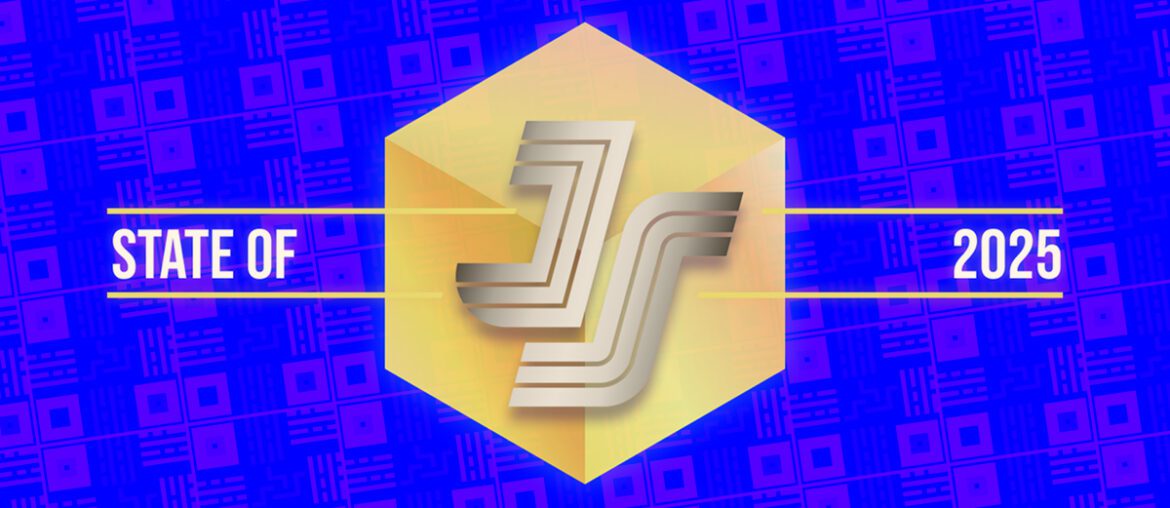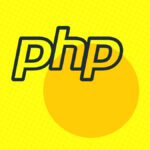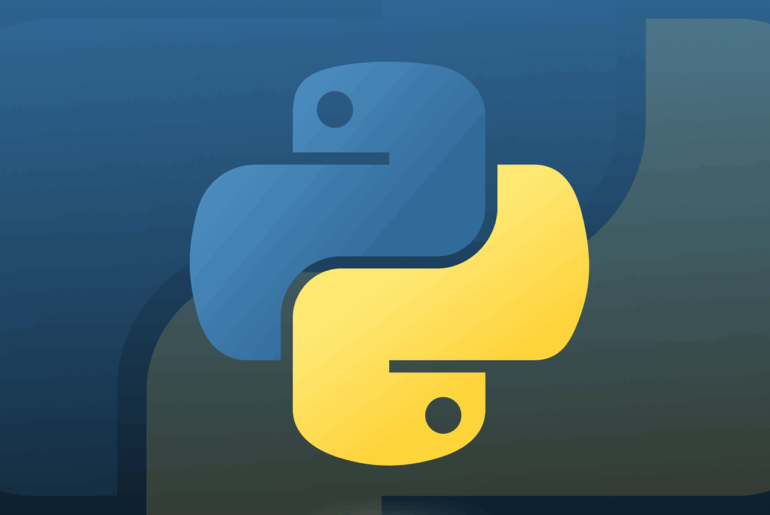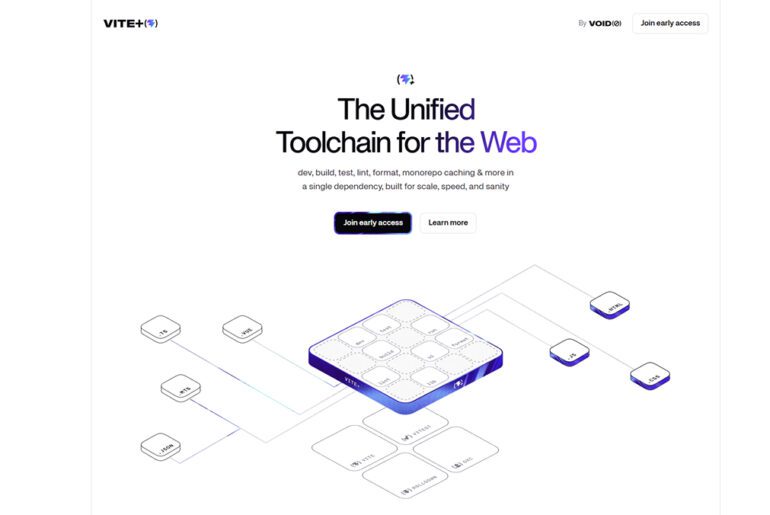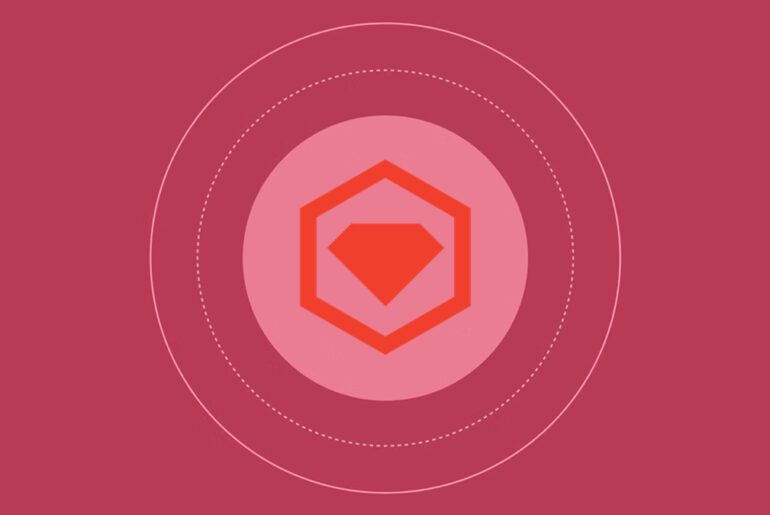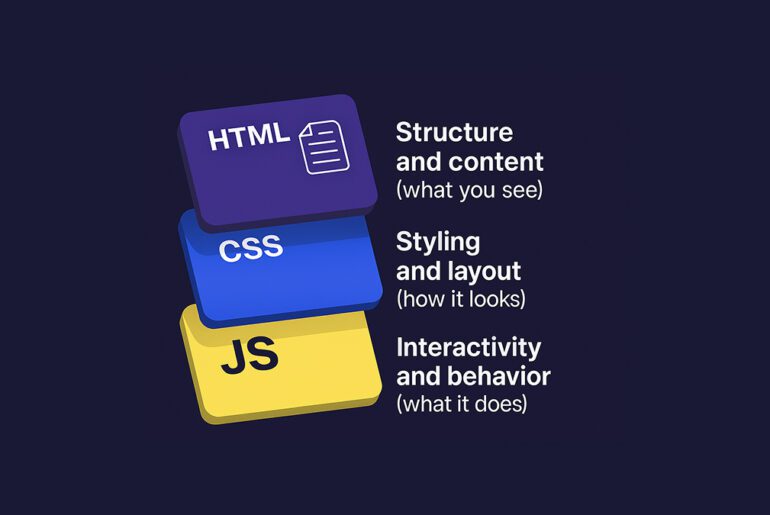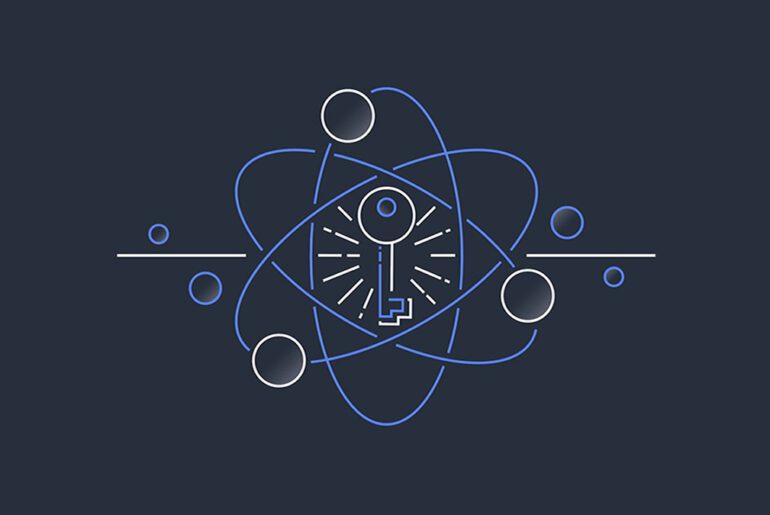Voting has now opened for the State of JavaScript 2025 survey, inviting all who use JavaScript—whether professionally or as a hobby—to share their experiences. The survey gathers data about the tools, frameworks, language features, and practices shaping the JavaScript ecosystem.
The survey is open to everyone: developers, engineers, hobbyists, and learners alike. Respondents may choose to register with an email or participate anonymously as guests. The questionnaire takes approximately 15 to 20 minutes, and participants are free to skip any questions they do not feel comfortable answering.
Over the years, the State of JavaScript survey has drawn thousands of contributors across the globe to track evolving trends in the JavaScript world. The 2024 edition drew around 14,000 responses.
The insights collected influence how developers, library authors, and tool creators understand shifts in sentiment, adoption, and feature demand. Past editions have reported on developer attitudes toward build tools like Vite and esbuild, framework sentiment, and pain points in the JavaScript language itself.
While information from previous years helps set expectations, organizers have announced that for 2025 the survey will start on October 1, 2025, and run through November 1, 2025, with results to be published on shortly after.
Because all questions are optional, respondents can tailor their participation to their own interest areas—be it front-end/back-end frameworks, tooling, new JavaScript syntax, or ecosystem trends.
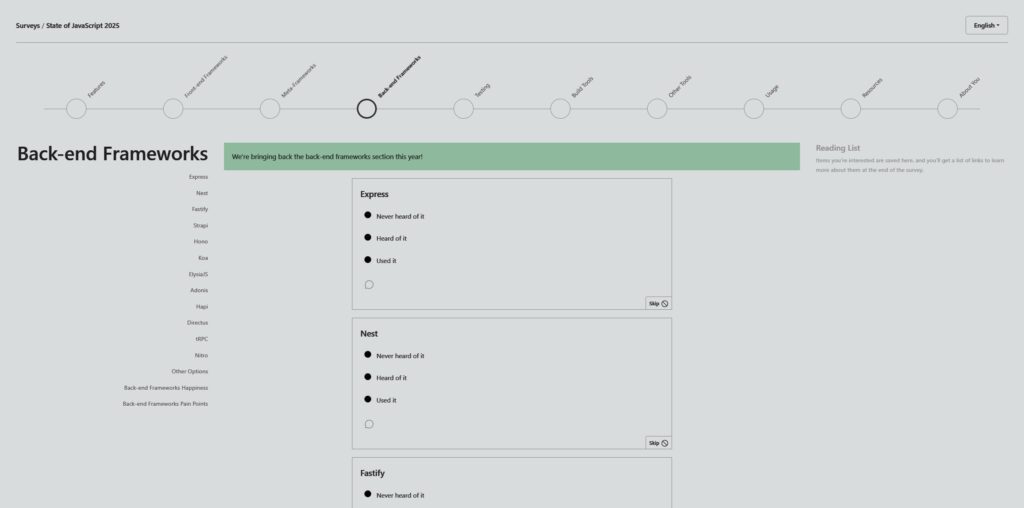
If you work in JavaScript or follow its ecosystem, your voice in this survey helps map where the community is heading. The results often highlight which libraries are gaining or losing favor, which language features are deemed valuable or missing, and where developers feel friction. Past reports have influenced how maintainers prioritize feature development or documentation efforts.
By taking part, you both contribute to and benefit from a shared resource: a snapshot of the JavaScript community’s priorities at this point in time.


